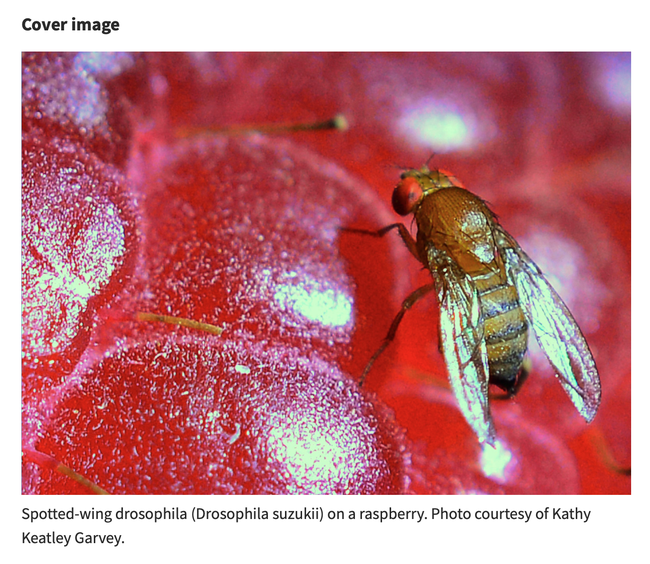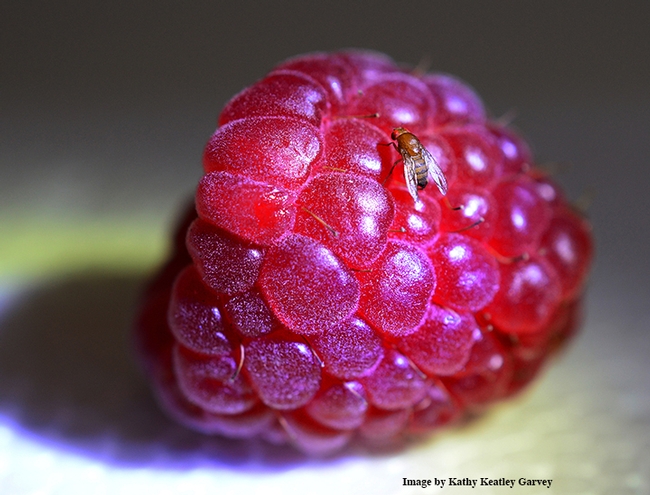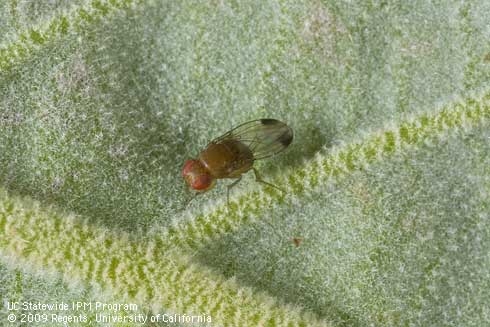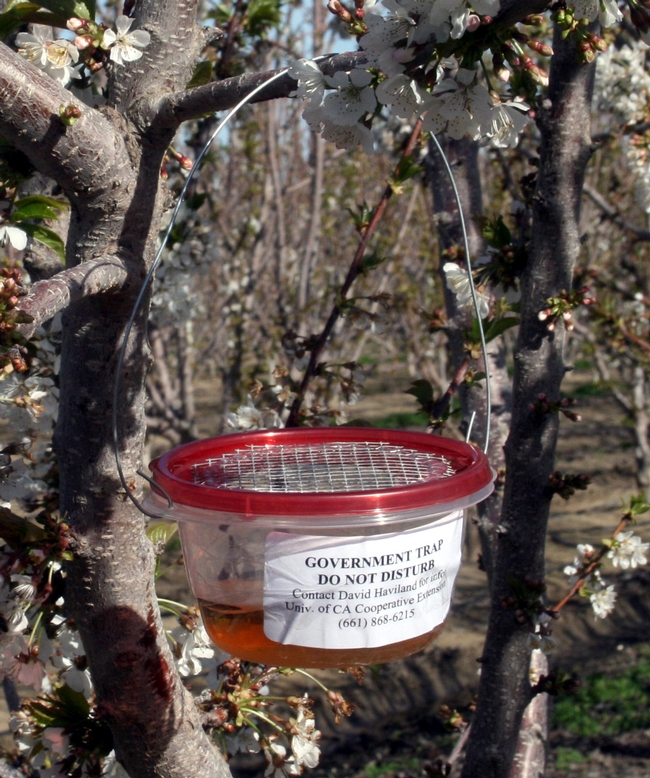
Posts Tagged: spotted wing drosophila
ESA Journal Targets the Spotted-Wing Drosophila
It was a major project, a long time coming, and what an excellent resource for those studying the spotted-wing drosophila, a worldwide threat to the berry production industry. The project? Fourteen articles in The Journal of Economic Entomology's Special Collection: Research...

The Cover
Zeroing in on the Spotted-Wing Drosophila
It's an invader that has long attracted attention--and alarm--in California agriculture. "The spotted-wing drosophila, Drosophila suzukii, first invaded California in 2008," says UC Davis postdoctoral researcher Brian Gress, "and has since rapidly spread throughout North America and...

UC Davis postdoctoral researcher Brian Gress will discuss "Host Selection and Resistance Evolution in Drosophila Suzukii" at a UC Davis Department of Entomology and Nematology seminar at 4:10 p.m., Wednesday, Jan. 9 in 122 Briggs Hall.
Kent Daane Seminar: Spotlight on Spotted Wing Drosophila
(Editor's Note: If you missed the seminar, you can view it here on YouTube at https://youtu.be/KVTGmDo2LLQ). Recorded by George Terry of UC Davis Department of Entomology and Nematology) The spotlight is on spotted wing drosophila, a major fruit crop pest that wreaks economic havoc throughout the...

Spotted Wing Drosophila, Drosophila suzukii, on raspberry. (Photo by Kathy Keatley Garvey)
Be on the lookout for spotted wing drosophila

Unlike other fruit flies that infest rotted fruit, SWD attacks undamaged fruit. As cherry fruit begins to develop and starts to change color from light green to straw, SWD lays its eggs just under the skin of fruit, creating a small scar or a“sting.” One to three larvae may develop inside each cherry, feeding on the fruit and causing it to become brown and soft. Many times SWD flies are not noticed until fruit is mature, and by that time management is not very effective.

Spotted wing drosophila is still a relatively new pest, and management information continues to change. David Haviland, UC Cooperative Extension advisor in Kern County, and other researchers have been working to provide what help they can. Haviland has designed a bucket trap called the “Haviland trap” and is working with others to field-test experimental lures for SWD. He's also studying a possible biological control agent. Research has led to new grower guidelines so that early season cherries can be produced and sold internationally. Check out the 2014 Recommendations for Sweet Cherry (PDF).
For management in backyard cherries or other urban areas, see the SWD Pest Note.
For more information about UC IPM's recent work, see the 2013 Annual Report.
UCCE advisor recognized for pest control work
Mark Bolda, UC Cooperative Extension advisor in Santa Cruz County, was recognized by the North American Raspberry and Blackberry Association in January for his research and extension work on spotted wing drosophila, reported The Grower.
Bolda received the 2013 Distinguished Service Award at the association's North American Berry Conference, Jan. 30, in Portland, Ore. He first identified drosophila as a new pest for coastal California berry growers in late 2008. Bolda led field trials to determine the best trap designs and trapping methods and conducted research to help develop an integrated approach to control the new pest.
A photo of spotted wing drosophila on a raspberry from Bolda's Strawberries and Caneberries blog.


